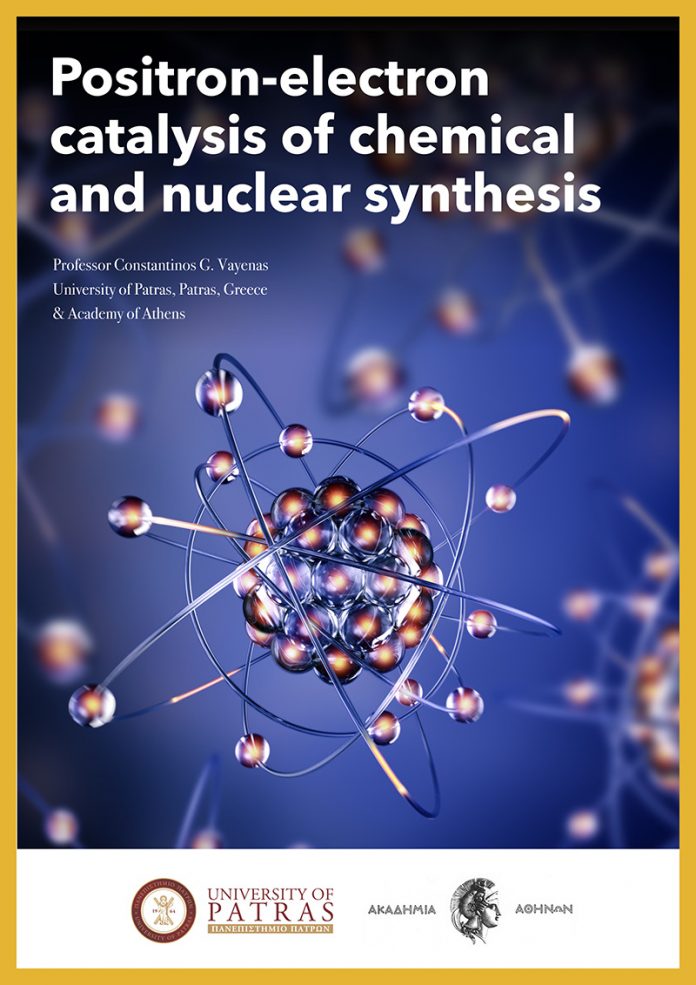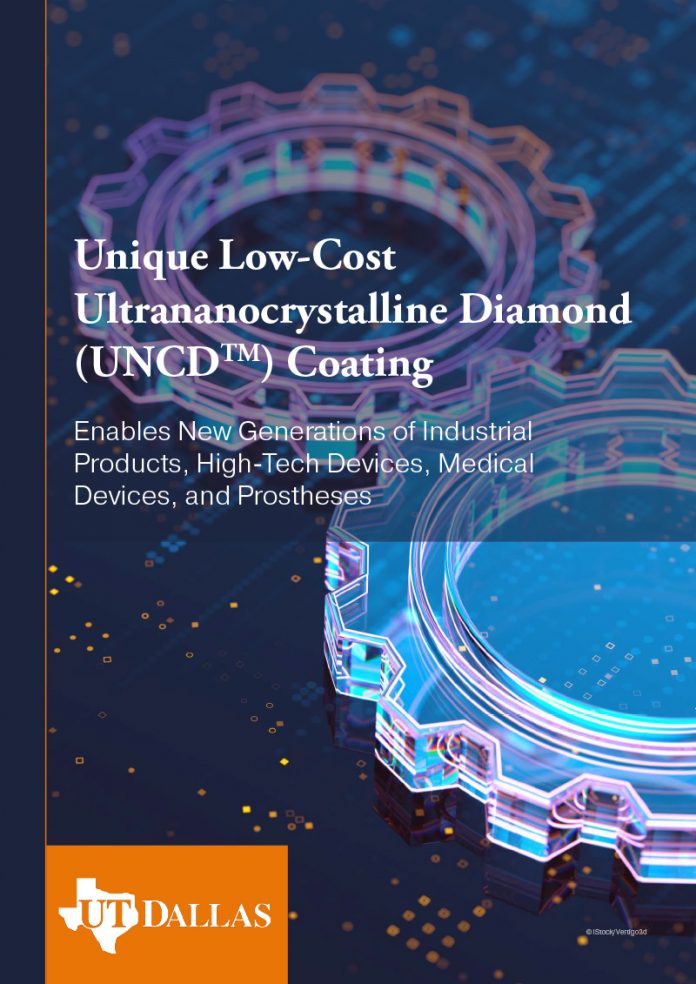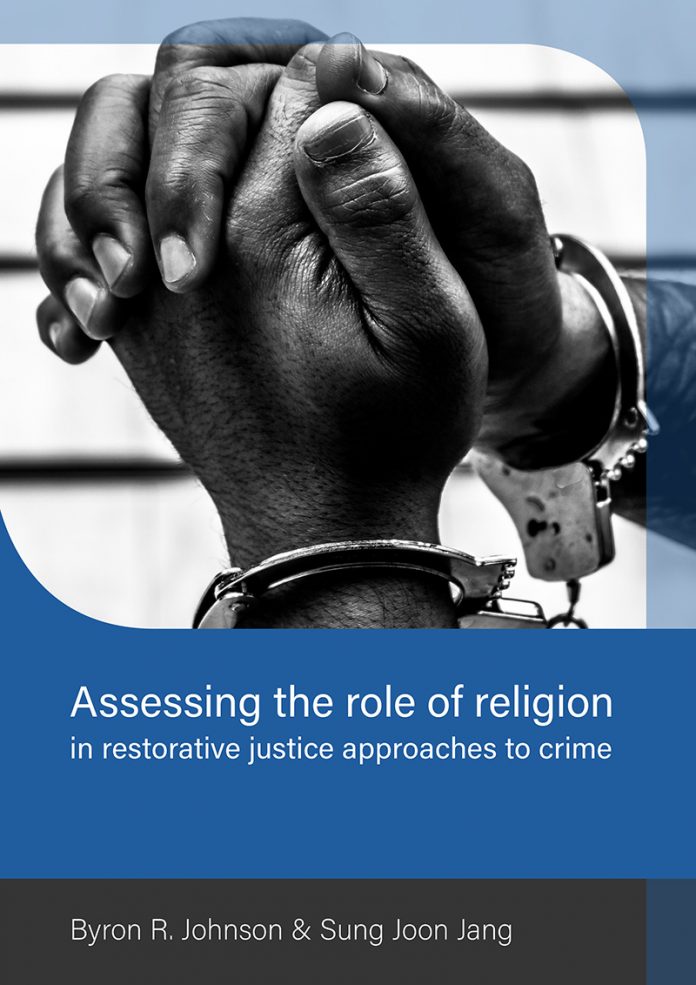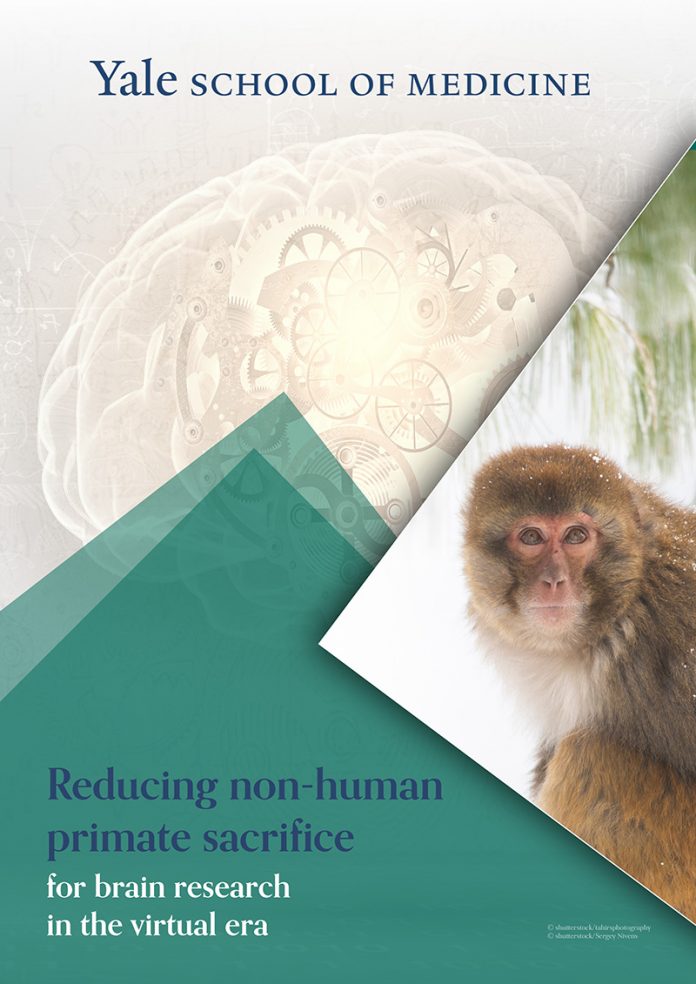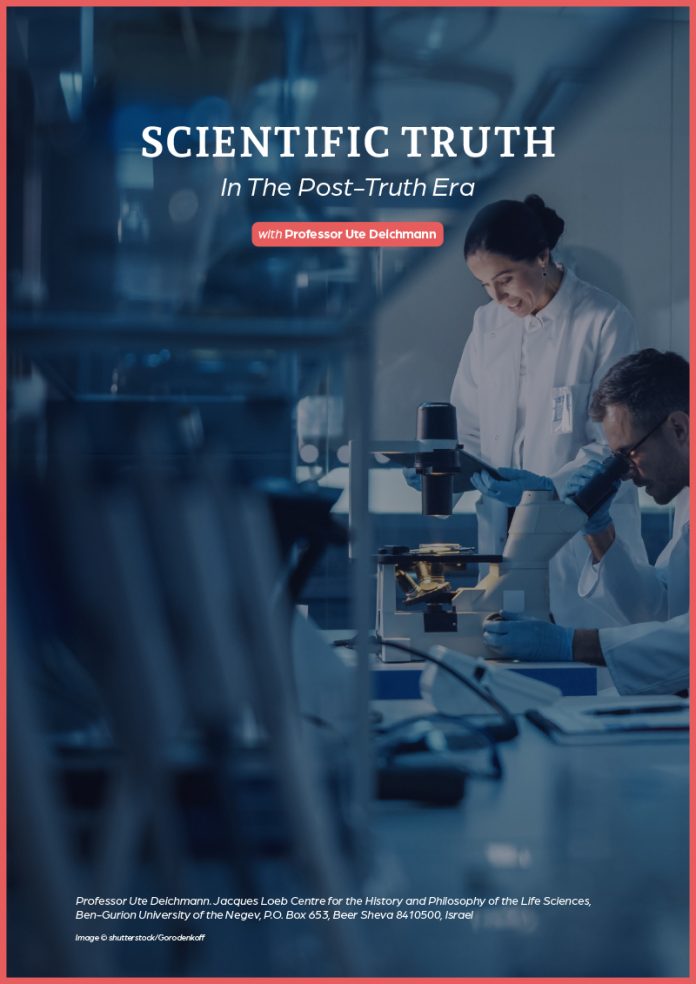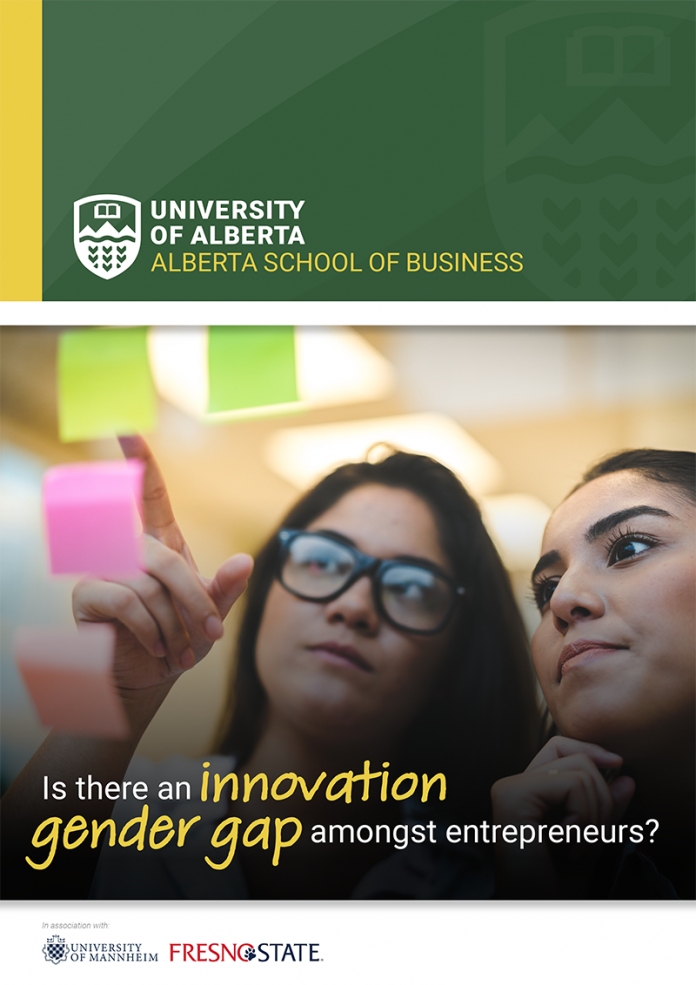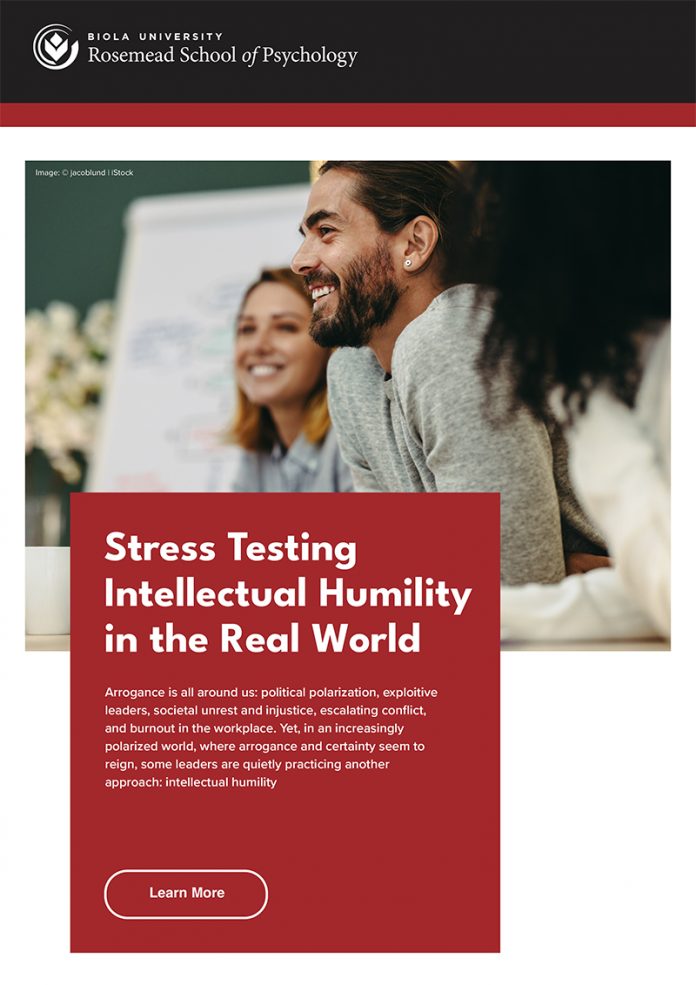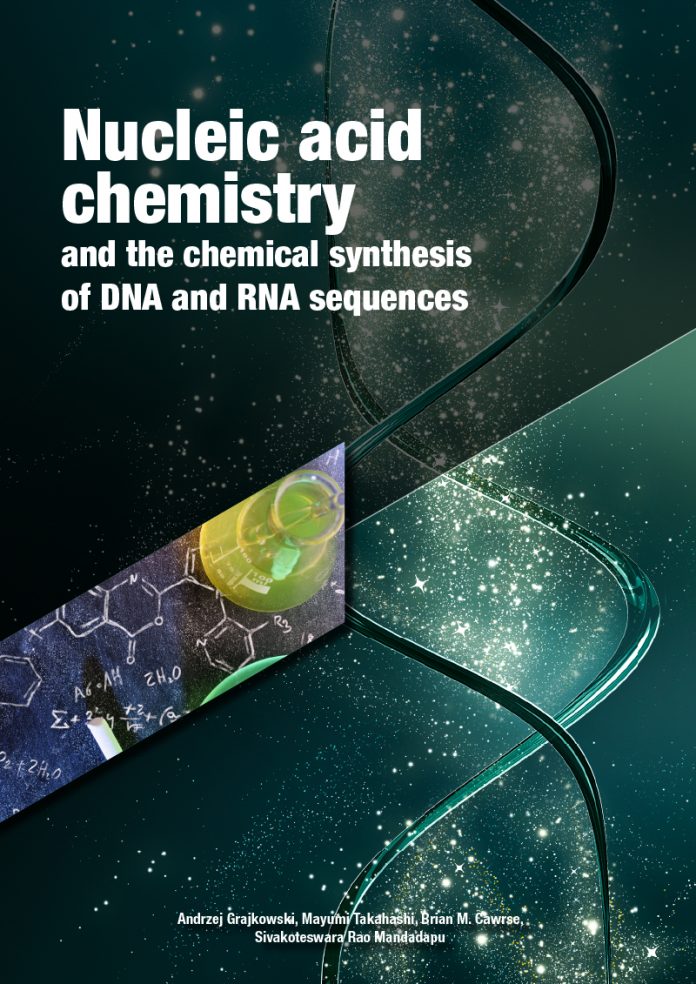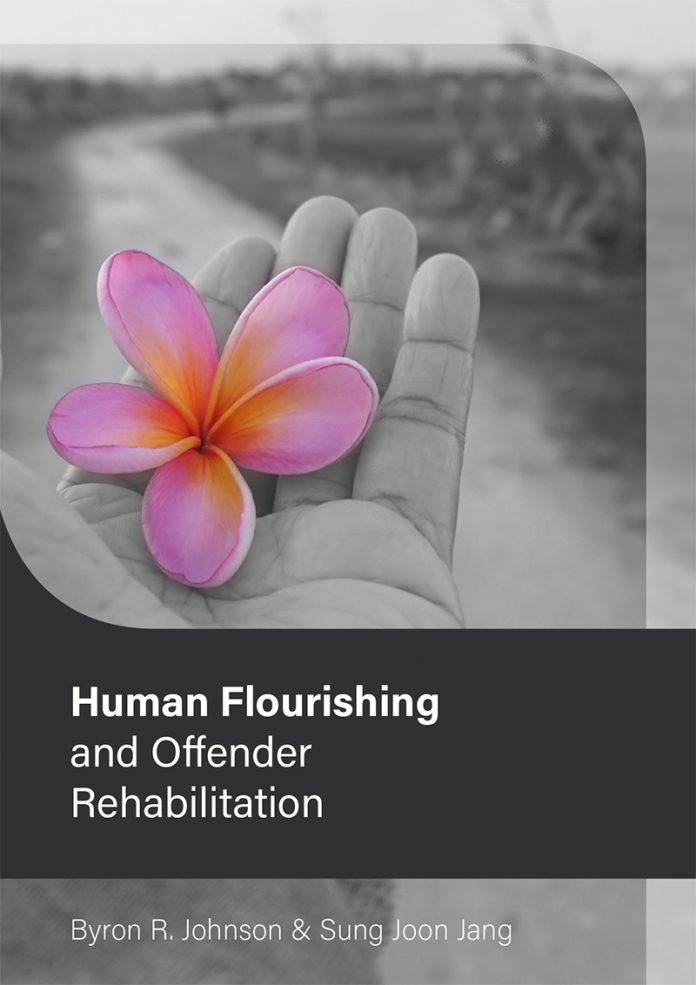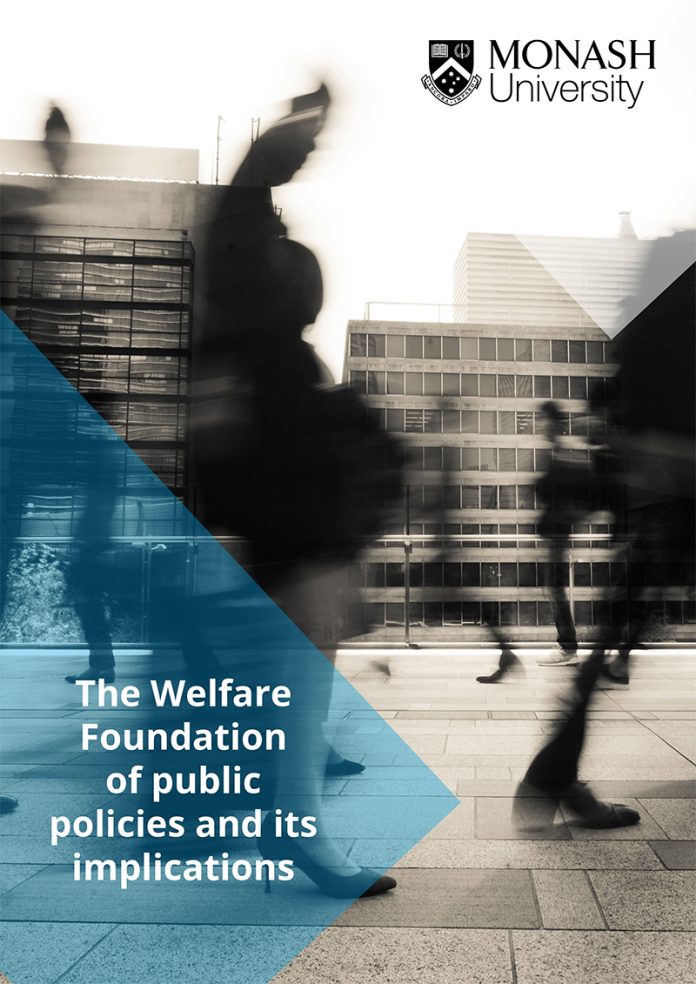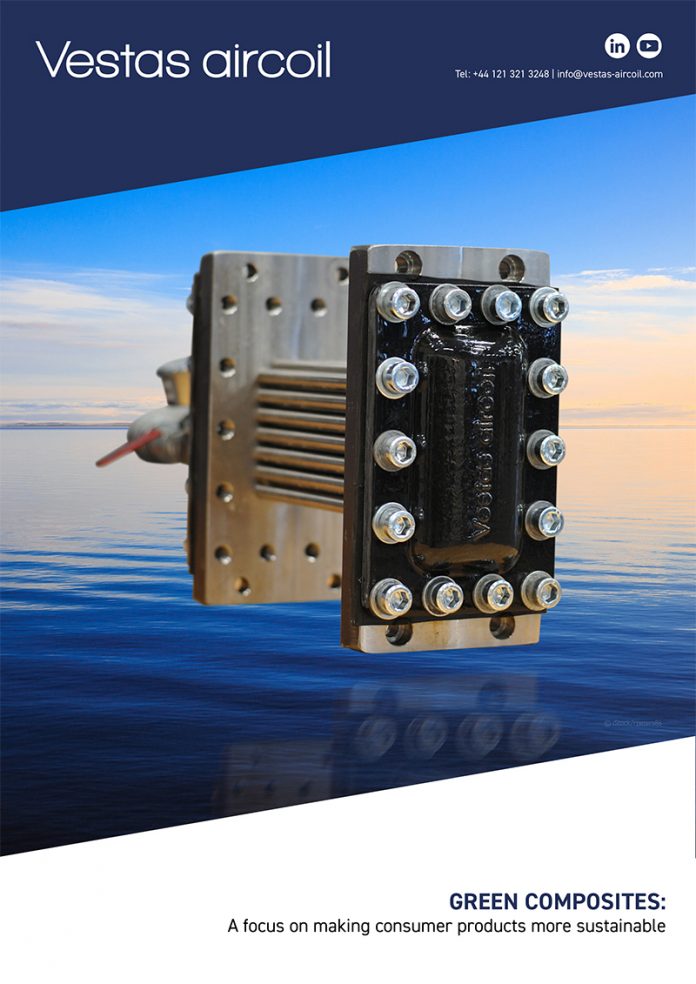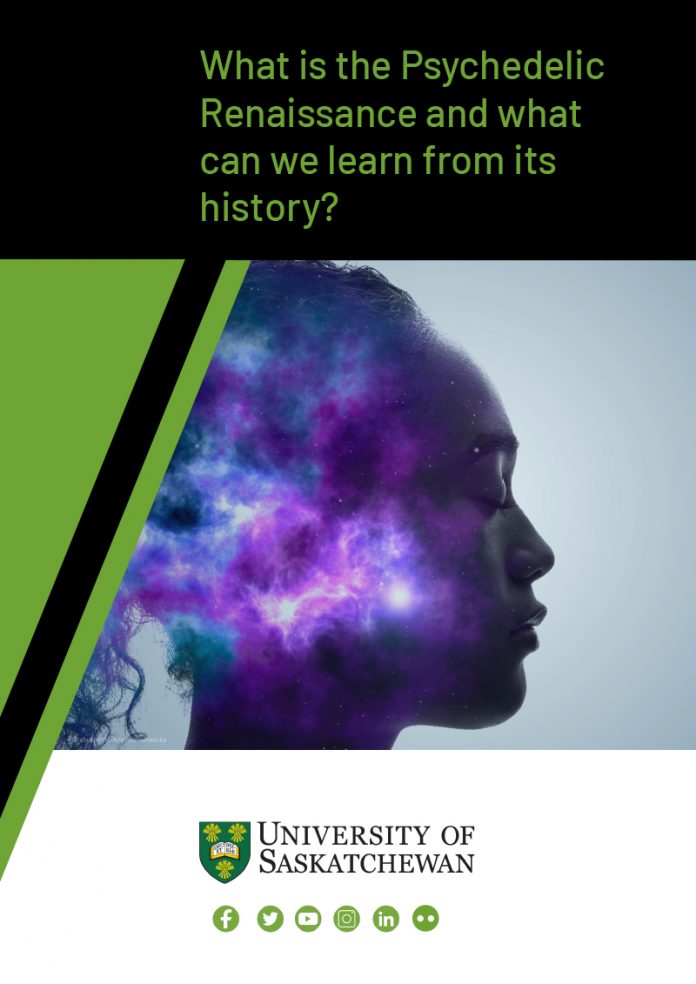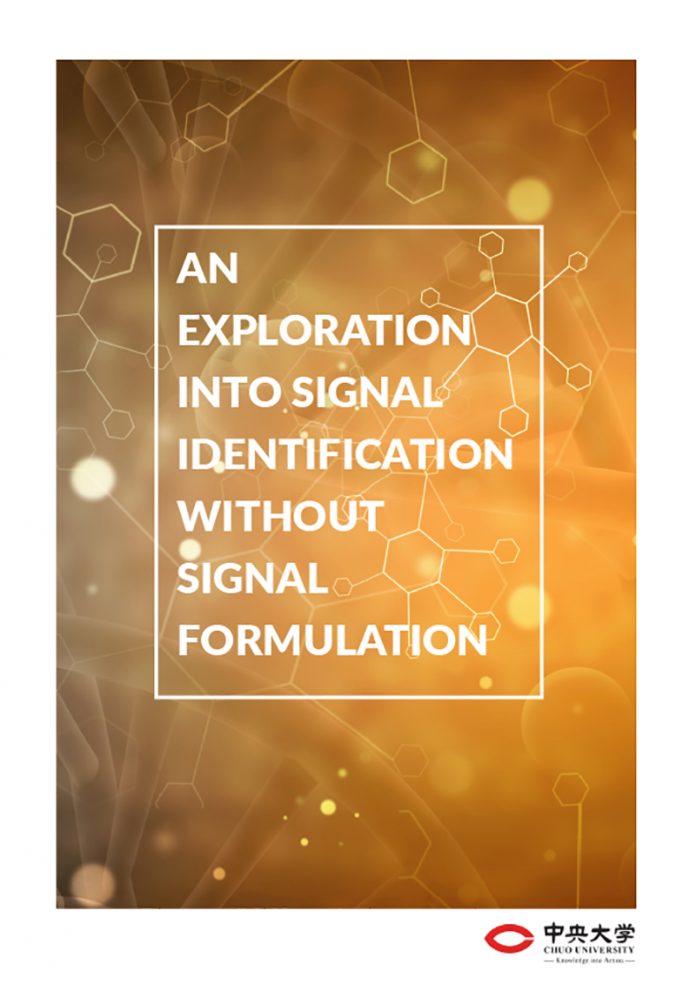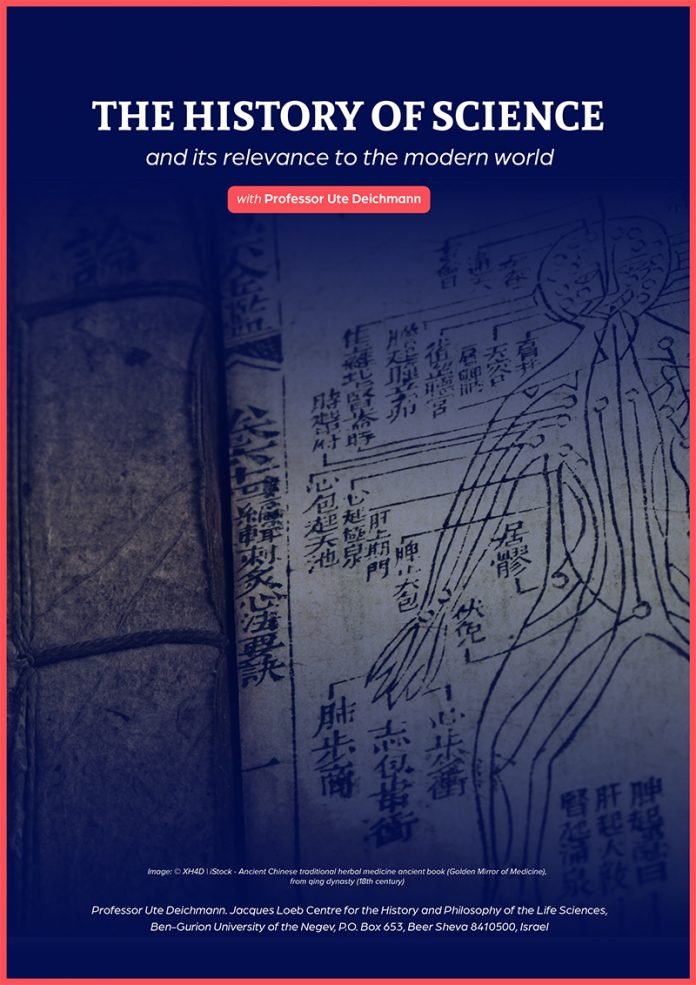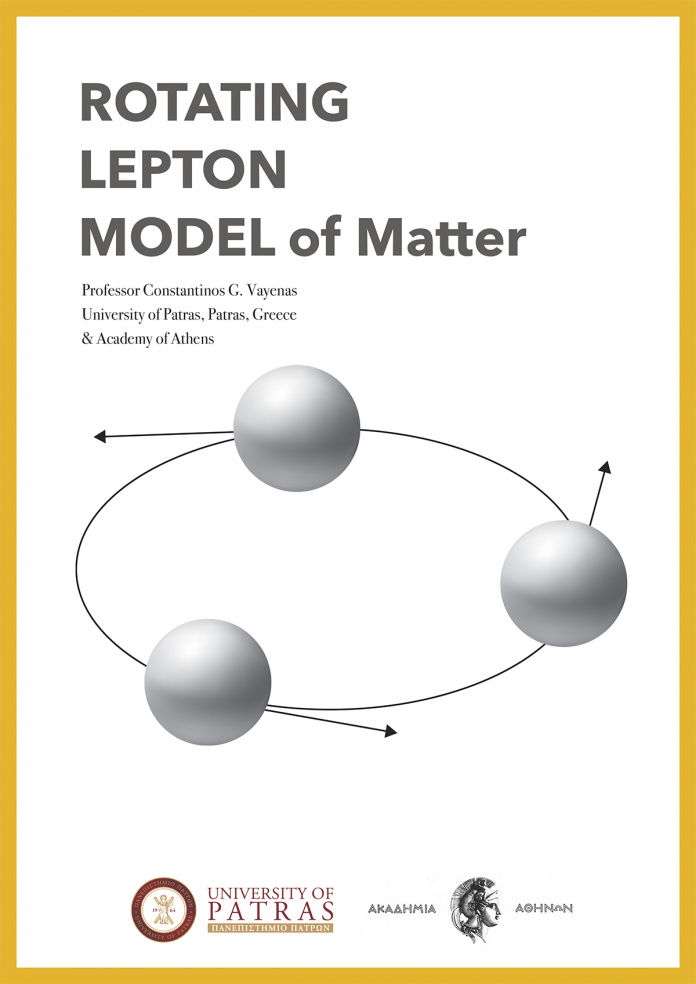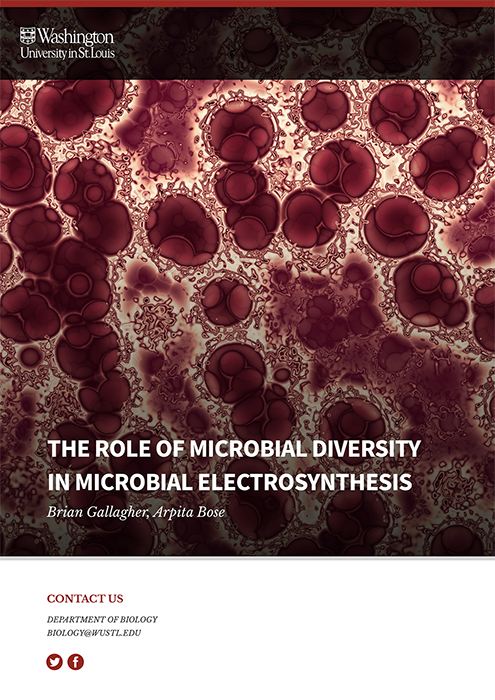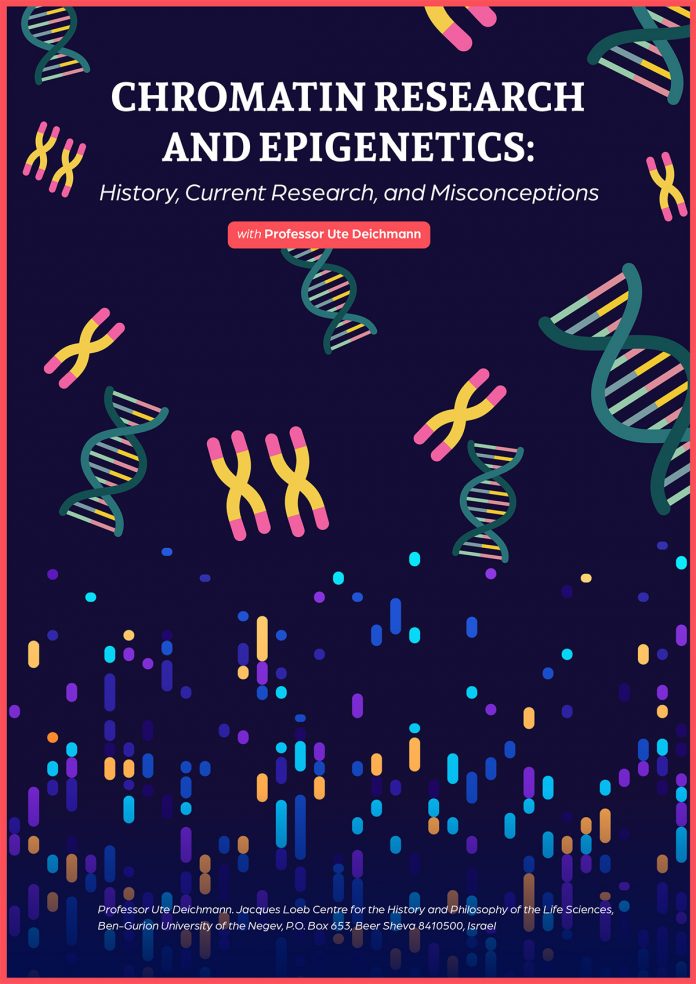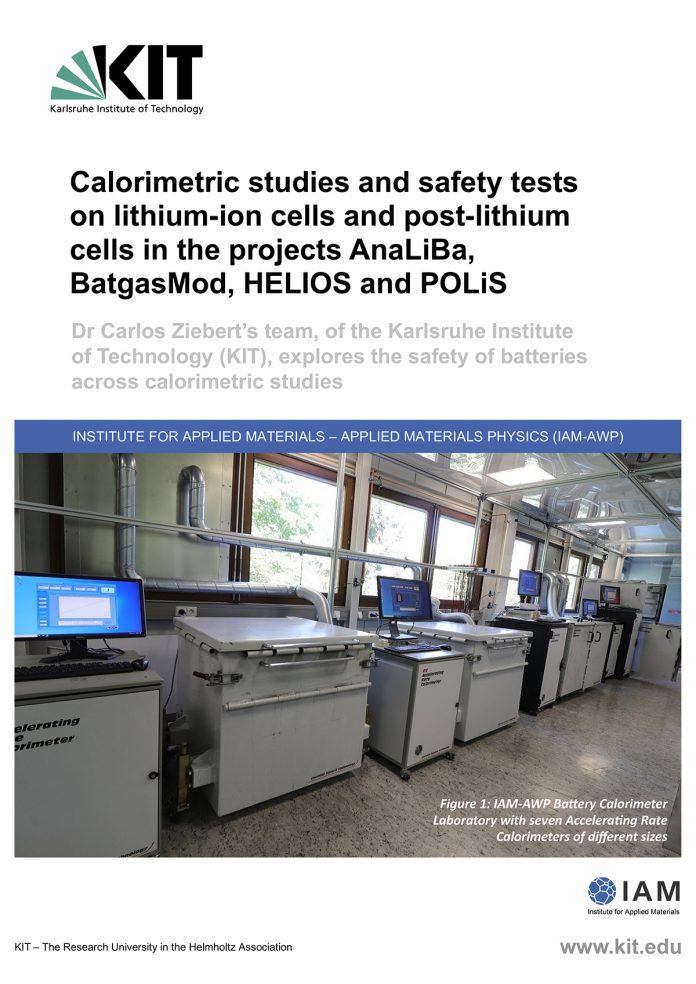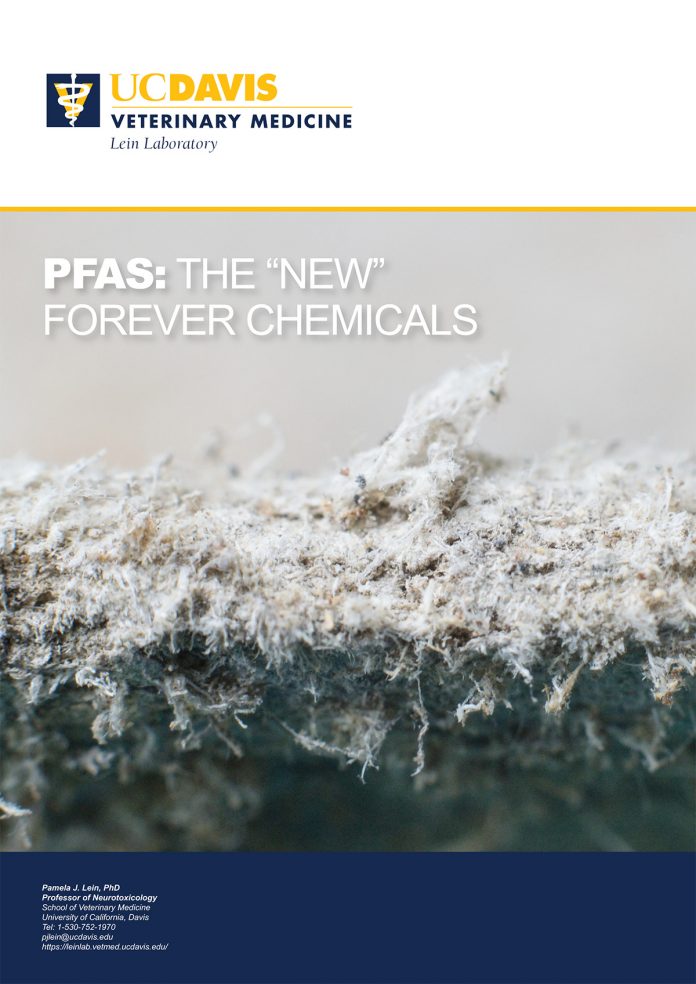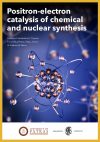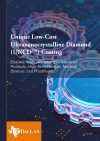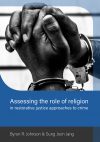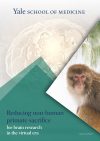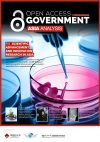Positron-electron catalysis of chemical and nuclear synthesis
The topics discussed here by Marc Lemaître, Director-General for Research and Innovation of the European Commission, are empowering research careers and reinforcing the European Research Area.
Unique Low-Cost Ultrananocrystalline Diamond Coating
Unique Low-Cost Ultrananocrystalline Diamond (UNCD™) Coating, enables New Generations of Industrial Products, High-Tech Devices, Medical Devices, and Prostheses.
Assessing the role of religion in restorative justice approaches to crime
The field of restorative justice can be traced to the 1970s and efforts in several North American communities that were applying peacemaking principles – often in tandem with faith-informed perspectives – to the criminal justice system, here we explore it in further detail.
Reducing non-human primate sacrifice for brain research in the virtual era
Non-Human primates (NHPs) continue to be fundamentally necessary to advance our understanding of the human brain, from its molecular and cellular make up all the way to its systems architecture and how all these mesmerizing components give rise to behavior. This necessity is not changing. It is the curiosity and effort of the human brain to understand itself.
Scientific Truth in the Post-Truth Era
“The belief in the value of scientific truth is a product of certain civilizations and not a fact of nature” (Weber, 1922).
Is there an innovation gender gap amongst entrepreneurs?
Professors Strohmeyer, Tonoyan, and Jennings examine the innovation gender gap amongst entrepreneurs, citing the importance of a Jack (or Jill)-of-all-trades skillset.
Stress testing Intellectual Humility in the real world
Arrogance is all around us: political polarization, exploitive leaders, societal unrest and injustice, escalating conflict, and burnout in the workplace. Yet, in an increasingly polarized world, where arrogance and certainty seem to reign, some leaders are quietly practicing another approach: intellectual humility.
Nucleic acid chemistry and the chemical synthesis of DNA and RNA sequences
Here we explore the massive impact nucleic acid chemistry has had on the manufacture of synthetic DNA and RNA sequences whilst explaining the chemistry behind the chemical synthesis of DNA.
Human flourishing and offender rehabilitation
Byron R. Johnson and Sung Joon Jang from the Institute for Studies of Religion at Baylor University explore the correlation between religious involvement and human flourishing for those in offender rehabilitation.
Towards a new model on mediation with your street groups
The TRANSGANG Project(1) aims to respond to the persistence of youth street groups (the so-called ‘gangs’) and the social discourses that often represent them as “problematic” and suggest other ways to fight the violence.
The Welfare Foundation of public policies and its implications
The position here is that public policies should, ultimately speaking, be for the promotion of social welfare. What is social welfare? This is the welfare of people in the relevant society (discussing the issue of animal welfare later).
Green composites: A focus on making consumer products more sustainable
Open Access Government interviews Claus H. Ibsen, PhD, the Group R&D Director at Vestas aircoil A/S, and Professor Atul Bhaskar from the University of Sheffield on composite covers, ceramic 3D printing, and more, in their experimentation to make their products more sustainable.
What is the Psychedelic Renaissance and what can we learn from its history
Psychedelic therapies are breathing optimism back into modern psychiatry. Substances like psilocybin mushrooms, MDMA, and ketamine are showing clinical promise in a number of treatment-resistant categories of mental disorders, and we are beginning to see a psychedelic renaissance.
An exploration into signal identification without signal formulation
Professor Taguchi, Department of Physics, Faculty of Science and Technology at Chuo University and colleague Professor Mototake discuss their research on ‘Signal identification without signal formulation’ in this Open Access Government Q&A.
The History of Science: A Q&A with Professor Ute Deichmann
Professor Ute Deichmann, Jacques Loeb Centre for the History and Philosophy of the Life Sciences, shares some of her expertise of the history of science, with a particular focus on misconceptions and threats to modern day science.
Rotating Lepton Model of Matter: European innovation potential
Mariya Gabriel, European Commissioner for Innovation, Research, Culture, Education and Youth, calls attention to building a pan-European innovation potential ecosystem in health served with top-notch infrastructures.
The role of microbial diversity in microbial electrosynthesis
Bacteria are often painted as the enemy of humanity. Before the discovery of antibiotics, a wound getting infected was frequently a death sentence.
Chromatin Research and Epigenetics: History, research, and misconceptions
Professor Ute Deichmann, Jacques Loeb Centre for the History and Philosophy of the Life Sciences, Ben-Gurion University of the Negev, discusses the history, current research and misconceptions about chromatin research and epigenetics.
Calorimetric studies and safety tests on lithium-ion cells and post-lithium cells
Dr Carlos Ziebert’s team, of the Karlsruhe Institute of Technology (KIT), explores the safety of batteries across calorimetric studies.
PFAS: The “New” Forever Chemicals
The term “forever chemicals” has become part of the lexicon in lay science. This reflects the growing evidence that exposure to perfluoroalkyl substances (PFAS), a class of synthetic chemicals widely detected in our natural environment, our foods, and our bodies, is associated with adverse human health effects and harm...



